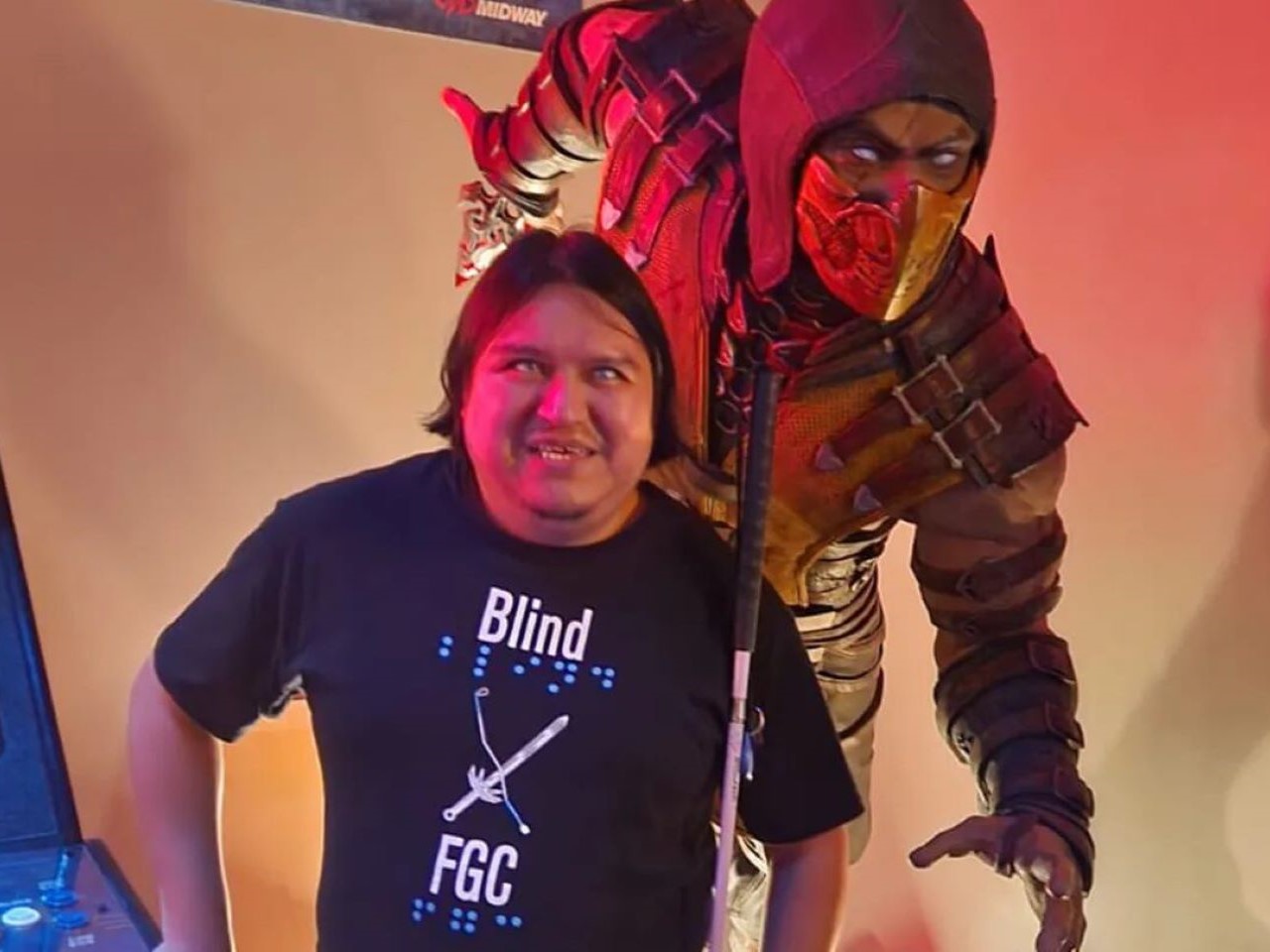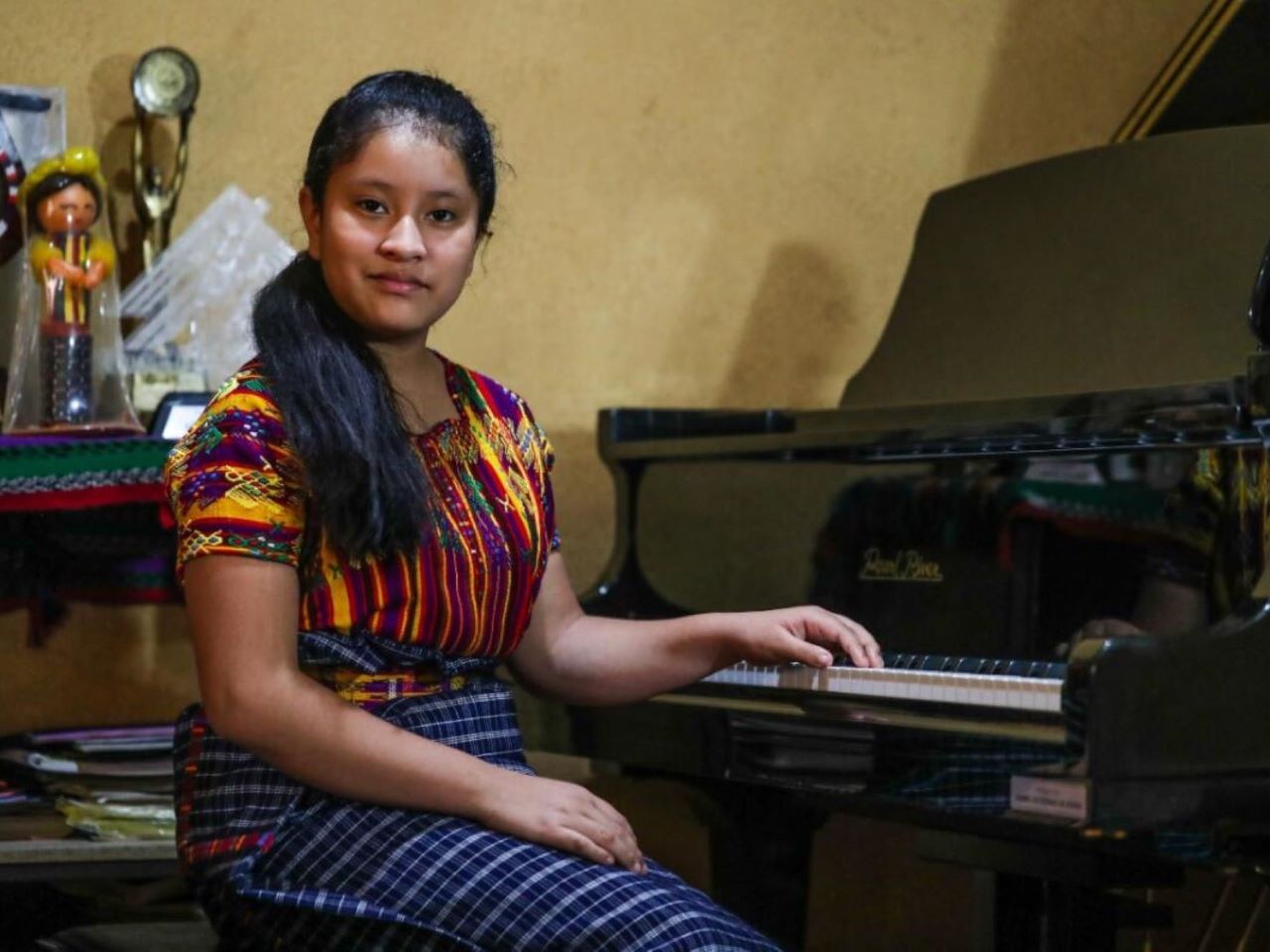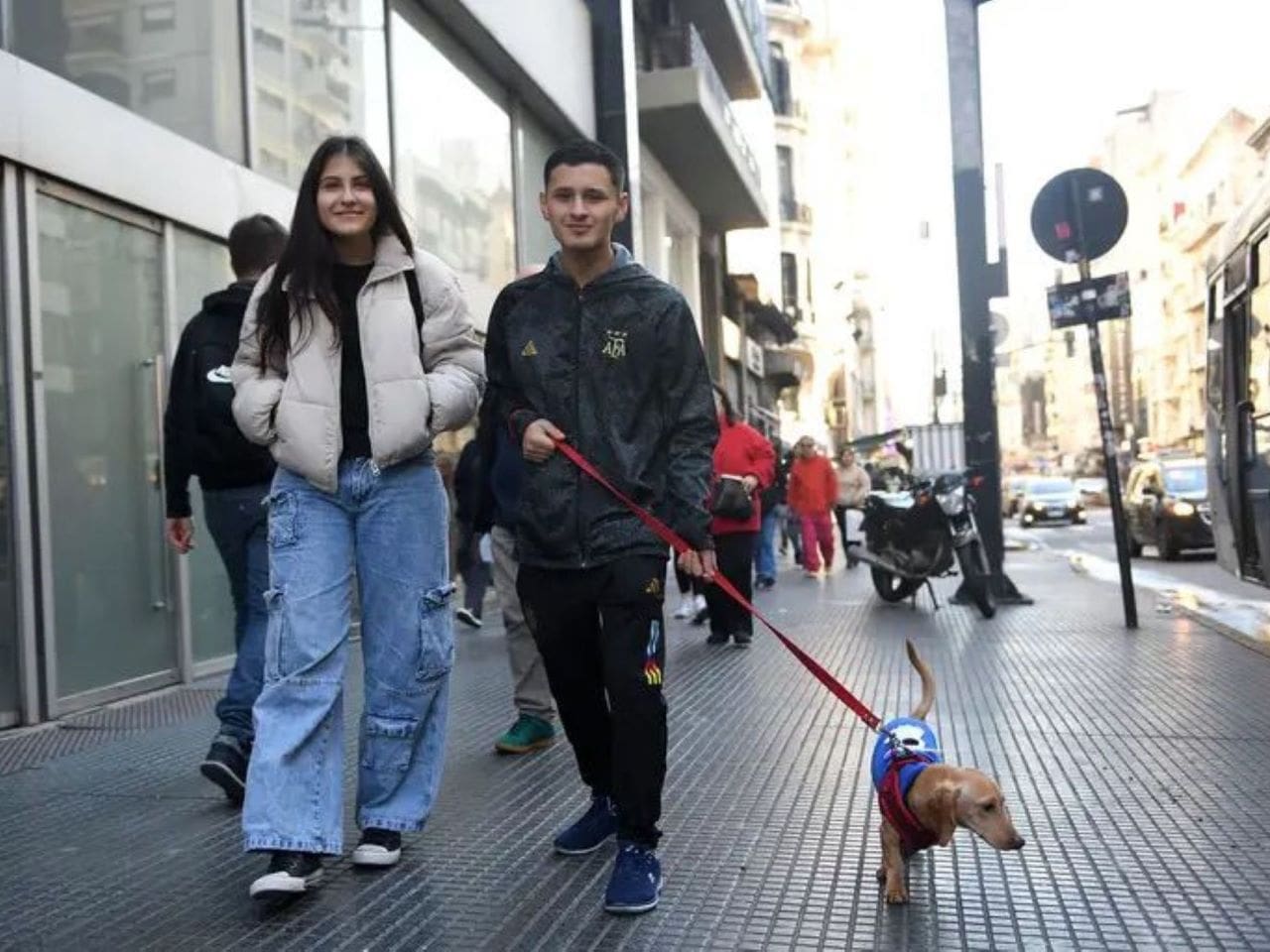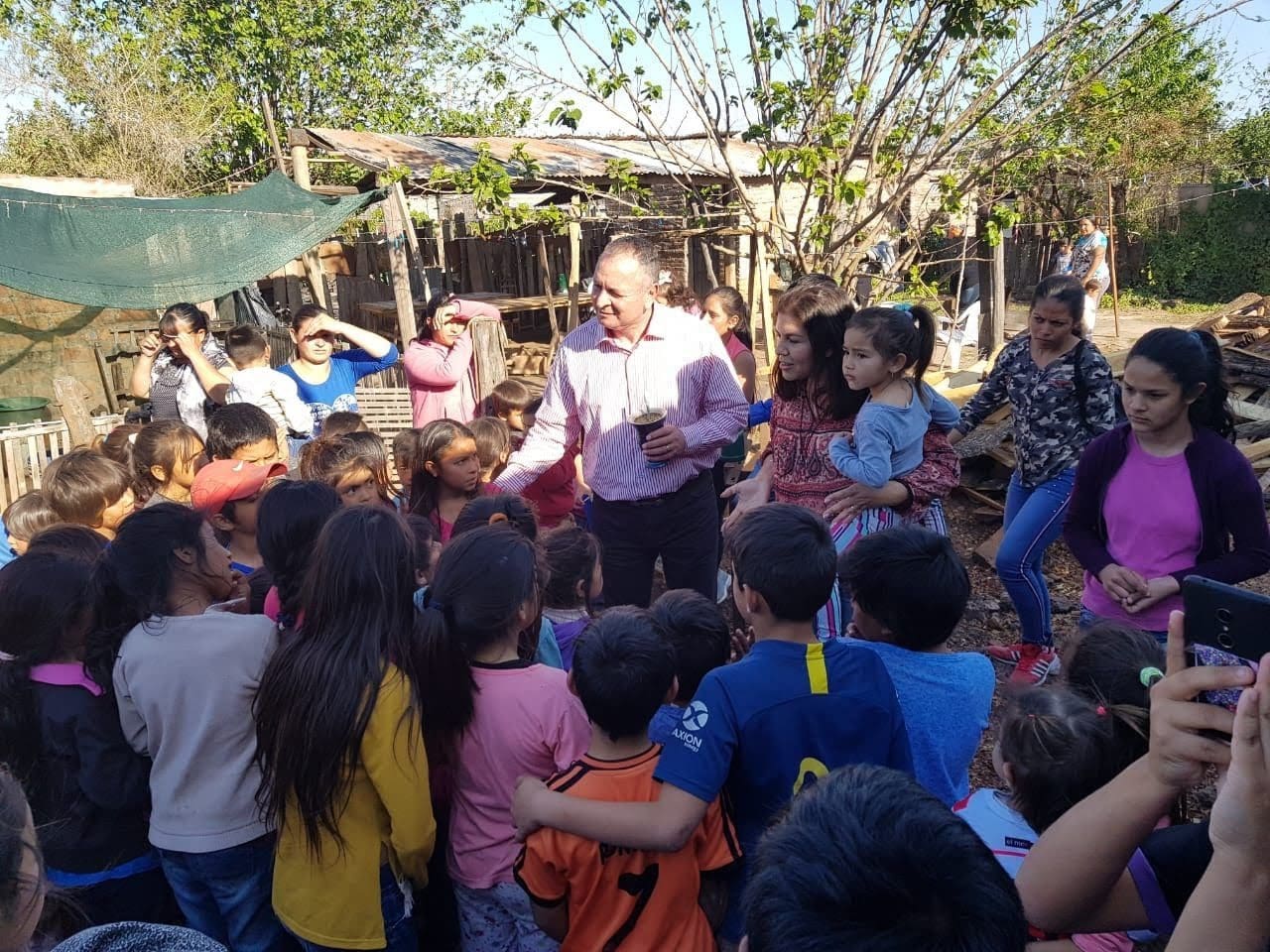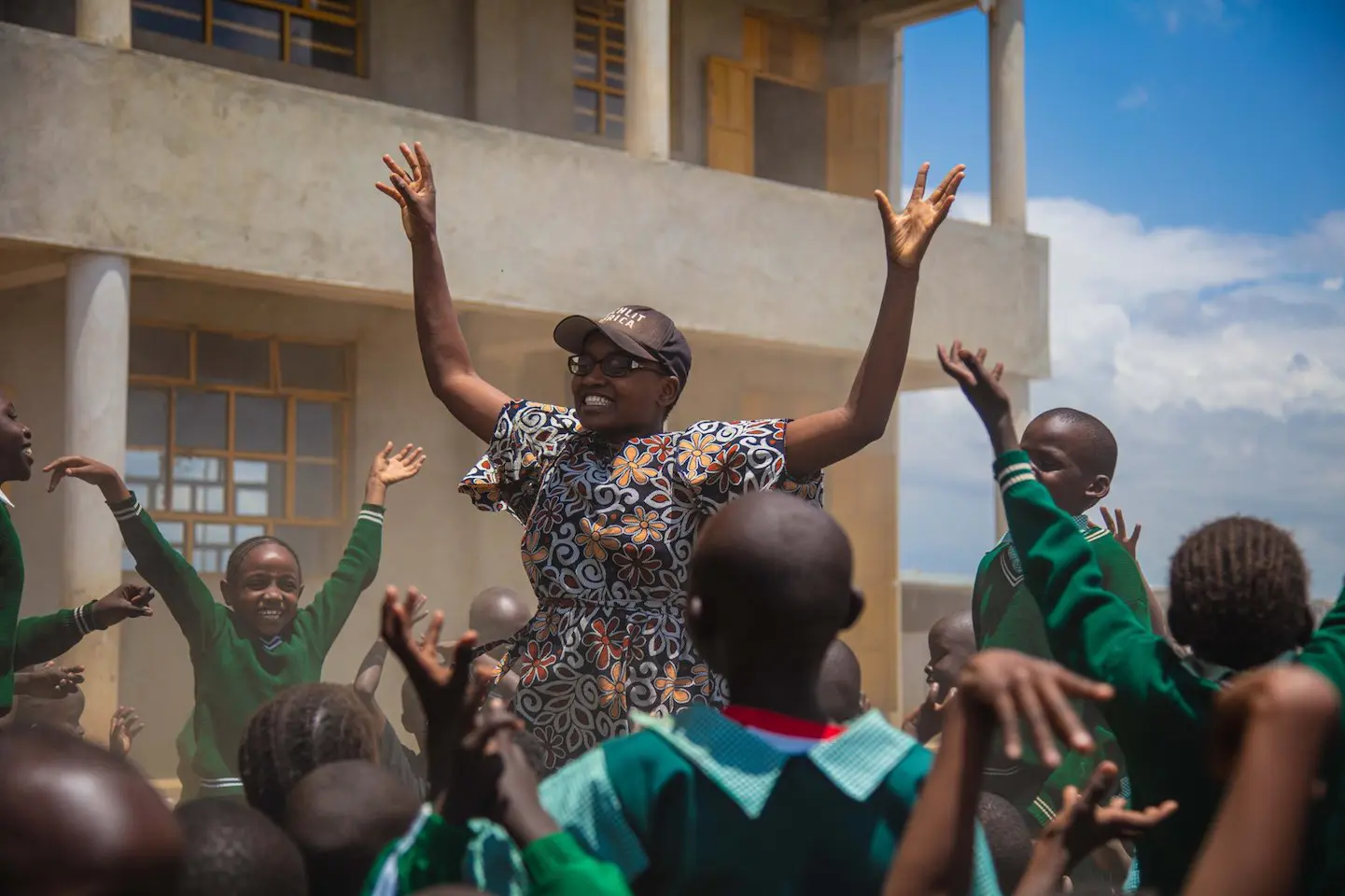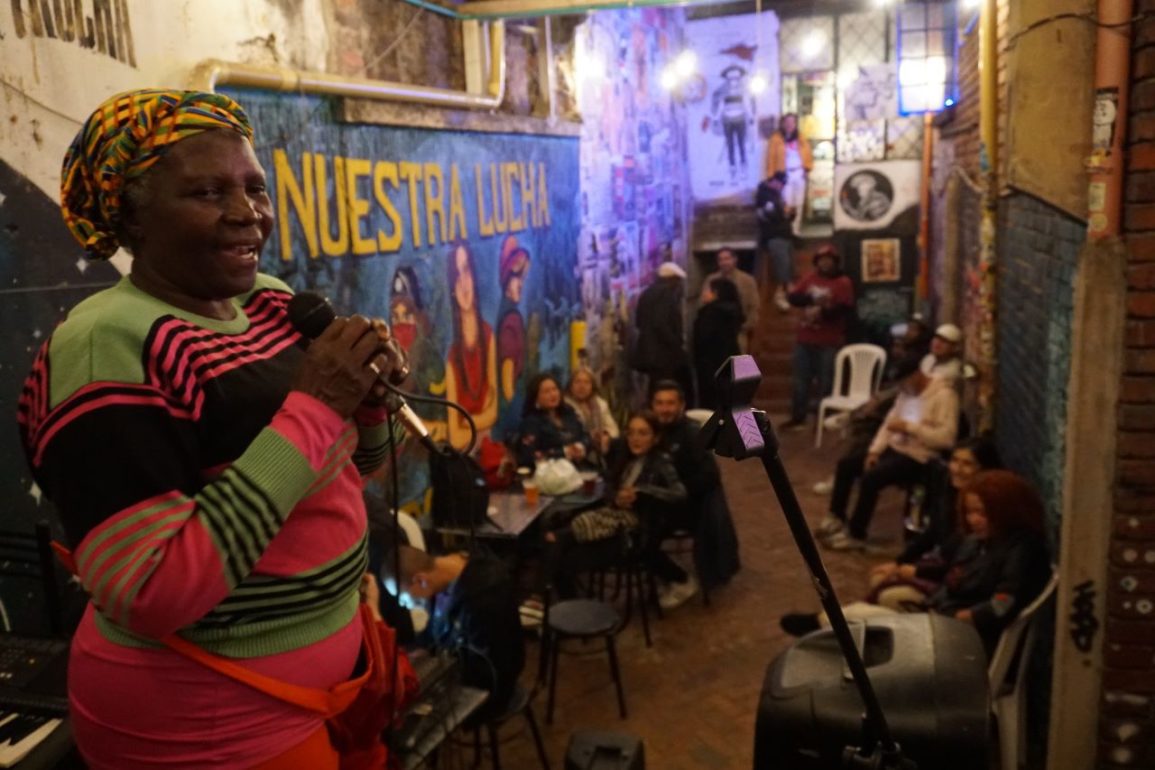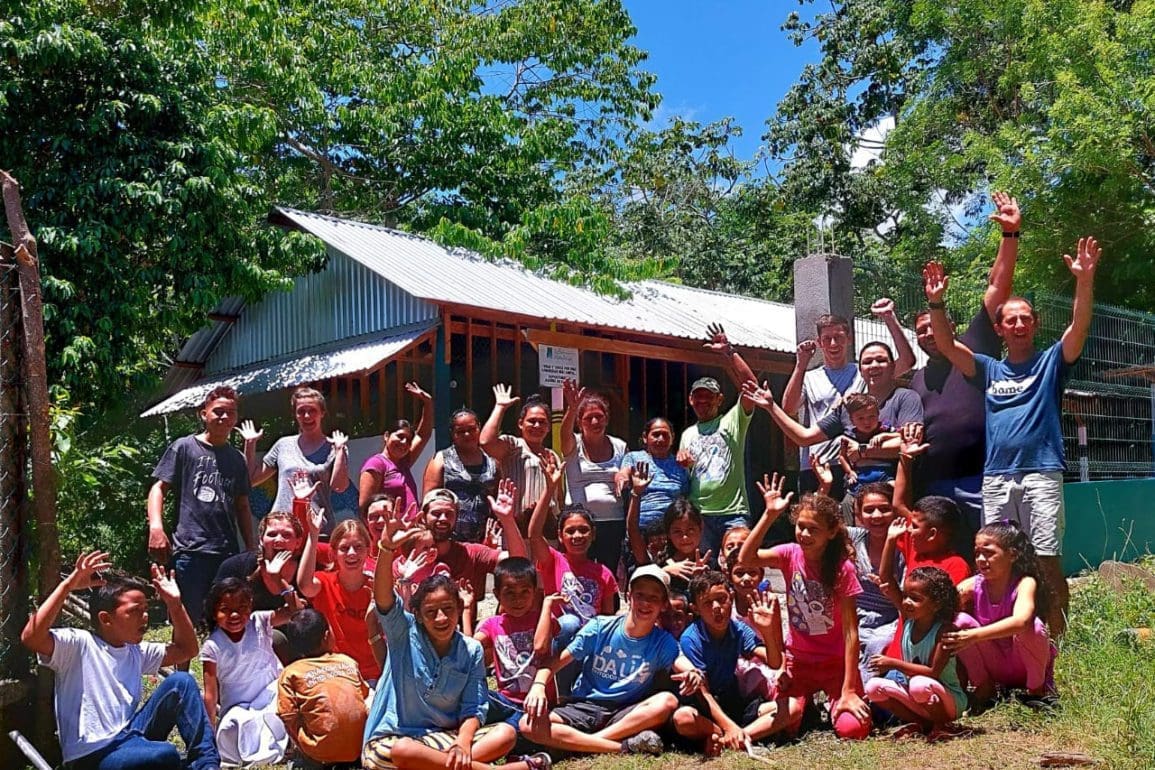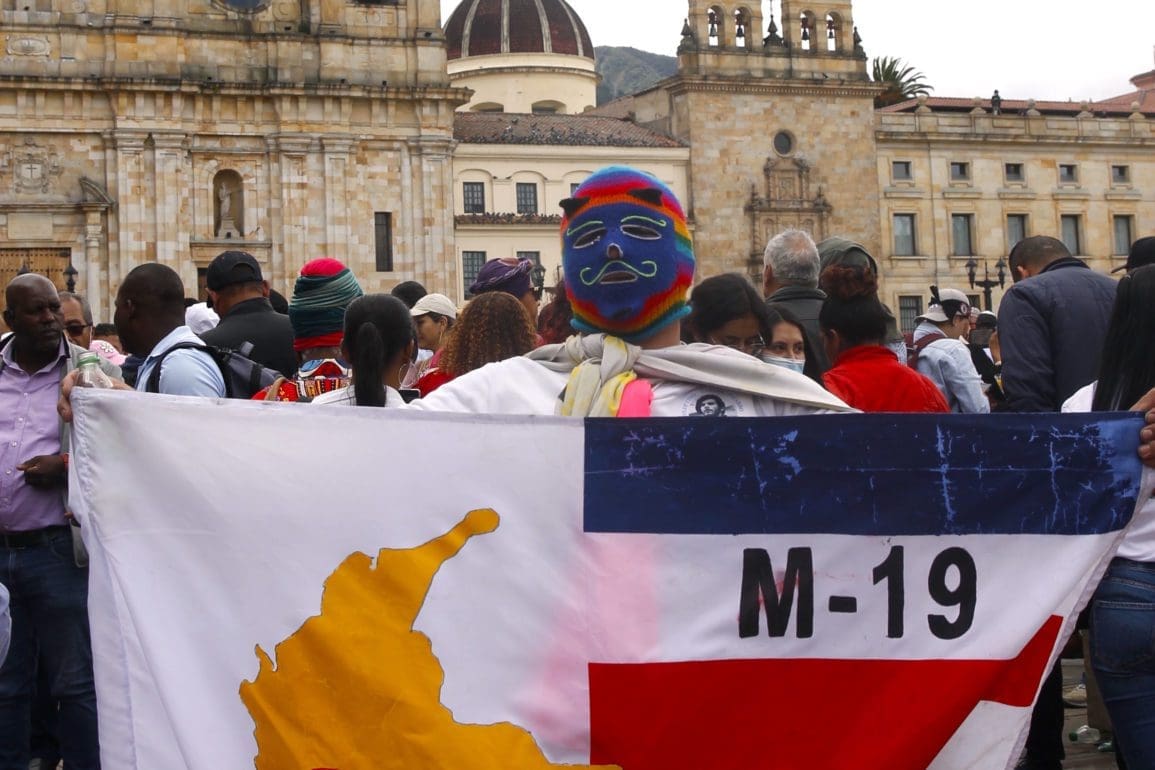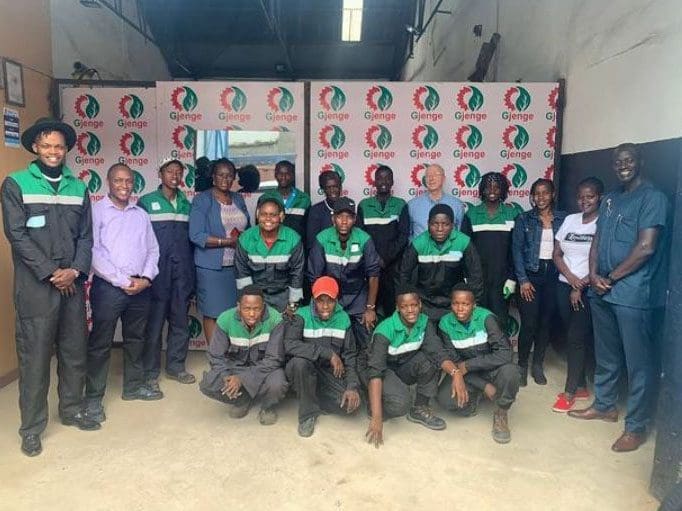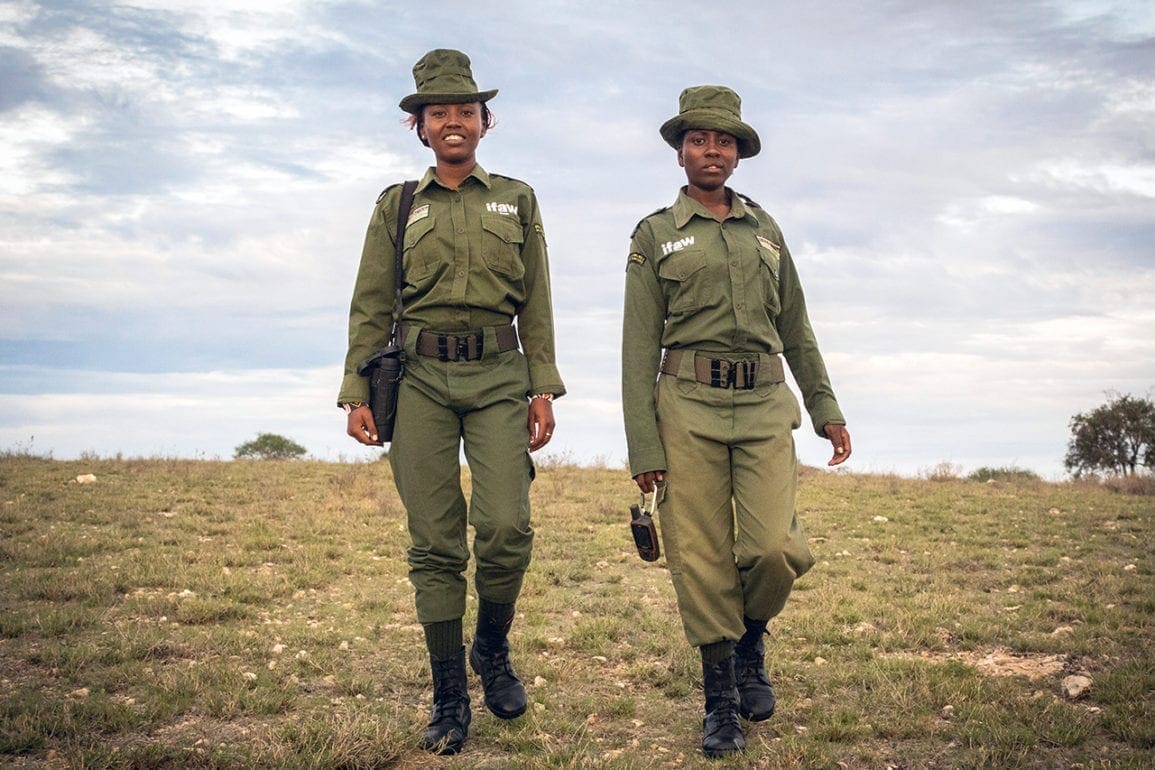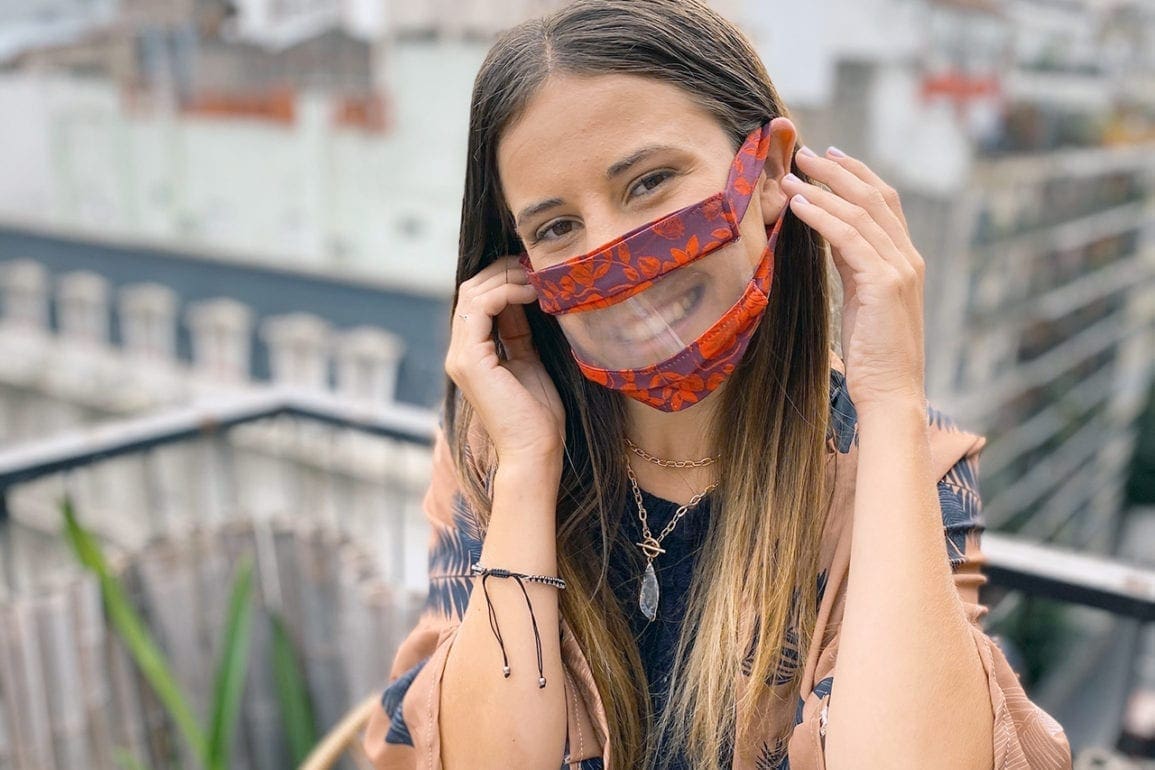Teacher turns junk into educational treasure, gains over 350,000 followers on social media
Each week, I climb on my bicycle with a wagon attached and embark on an expedition in search of materials. Showing up regularly to the garbage dump, I scavenge for useful items.
- 5 months ago
March 1, 2024

NEUQUEN, Argentina — Online, they call me the Junk Thief. Growing up in Campana, a small town in Buenos Aires, I enjoyed childhood adventures only a rural setting can provide. When we moved to the coastal area of Quequén, it only magnified my wonder, and my imagination took flight. I learned to create fun, using whatever I could find – a piece of string, a stick, or a piece of wire.
My father’s workshop inspired me, and I transformed discarded airplane and car parts into toys that fueled my adventures. The workshop became a portal of fascination with the hum of machines, the scent of metal, and my father’s work-worn clothing etched in my memory. Yet, his kindness and willingness to help others inspired me most.
Those moments of generosity left a lasting impact, shaping my view of the world and my place in it. Now, for over 15 years working as a teacher in Villa La Angostura, I inspire my students. My projects have led to a massive following of over 350,000 people on social media.
Discover more innovation stories at Orato World Media.
Blending blacksmithing with a love for movement, teacher’s models grab a global audience
As a teen, I set aside my creative pursuits to focus on sports and academics, eventually graduating from technical school and studying to become a physical education teacher. I landed my first job in the stunning town of Villa La Angostura in Patagonia. Having fallen in love with this place, I soon called it home.
In time, I found a way to blend my passion for blacksmithing with my teaching. Movement represents life so I set out to replicate movements in sports routines through metal models – without the use of electricity or a motor. They became like living biomechanical cartoons and could serve as educational tools for students.
My mission remained simple: to find a didactic and economical way to illustrate sports movements through metallurgy. I expanded my creations from simple models to include a skate simulator, a metal rock band in full concert, and a memorable save by our goalkeeper El Dibu Martinez in the last World Cup final against France.
Soon my portfolio grew to include a human foosball model, gladiators on horses, cyclists, gunmen, bats, and the amazing “scraptor” (a dinosaur on wheels). Each piece allows viewers to observe movement and torsion in slow motion, capturing the magic of a moment.
My wife Majo repeatedly suggested I share my creations on social media, but I remained skeptical. When the COVID-19 Pandemic hit in 2020, I finally gave in. With Majo’s prompting, I started posting on Instagram using a basic phone with barely any messaging capabilities. To my surprise, my content resonated with audiences, leading to rapid growth and the formation of a wonderful online community.
Transforming junk into dynamic learning experiences in the classroom
As time went on, I felt surprised to discover an audience eager to learn about my gadgets, and to hear the positive reactions from my students. The basement of my home became a sacred space for me, offering a workshop and storage space to stockpile items and replenish them as needed. My neighbors, catching wind of my work, often gift me materials. Sometimes, when I return home, I find items at my gate that make their way into my projects.
Each week, I climb on my bicycle with a wagon attached and embark on an expedition in search of materials. Showing up regularly to the garbage dump, I scavenge for useful items. When I come across heaters, I strip the external coating. The thin sheet metal proves ideal for students to work with in the body shop.

With a limited budget, finding materials remains a necessity. However, I see a silver lining. We get to repurpose and reuse materials that not only add creativity to the projects but save resources. At school, students constantly used their cell phones during recess and even in class. Now, they seem to be experiencing a withdrawal from social media. This felt like a turning point and gave me immense satisfaction.
One project that captivated their attention included using sheets of metal to create small boats. They practiced assembling pieces neatly and testing their buoyancy. We turned the project into a competition, observing which boats lasted longest and which sunk first. Though a simple activity, it sparked joy and engagement as they played, trying to figure out how to improve designs and why boats sink. Outside, basking in the sun, we filled two basins with their little metal creations.
Embraced by the community, metalsmith crafts a prosthetic arm for a student
I’ll never forget when Slash, the legendary guitarist for the rock bank Guns N’ Roses, shared a video of one of my creations on Instagram. [Guillermo had created a metal figure of a guitarist complete with a long mane of curls, playing its instrument and head banging.] After that, my video went viral.
It feels gratifying to have your work appreciated, but when it catches the eye of an icon, it truly delights the soul. Social media became a source of motivation for me, as families reached out to use my ideas. Teachers also shared messages about incorporating my work into their classrooms. At times, I have faced some challenges with people copying my models and having to confront them.

In my work, I emphasize originality and refuse to copy others’ models. This led to amazing moments. One time, a mother of my student asked me to adapt a prosthetic arm for her son Juan. He had a 3D prosthesis, but it failed to withstand the physical demands he put on it. I took measurements and started working.
First, I created a special template to accurately capture the mechanics of Juan’s arm. Using a 20-liter plastic bucket made of polyethylene, I cut and assembled the templates, molded them with heat, and achieved a simple yet effective design. The process proved lengthy, often stretching from the early afternoon into the morning. I focused on simplifying the hand’s movement to a basic clamp or pincer action, prioritizing functionality.
I presented the prosthetic to Juan and when I turned for a moment, he started using the arm to pick up and hand me objects. We laughed with joy as it worked perfectly on the first try. Since then, many people asked for similar help.
Each day, I embrace my inventor’s soul, creating constantly. I hope social media continues to lead to meaningful initiatives and acts of solidarity. My happiness comes from the simplicity of my creations, driven by three important factors: my ideas, the material, and a sense of purpose.























